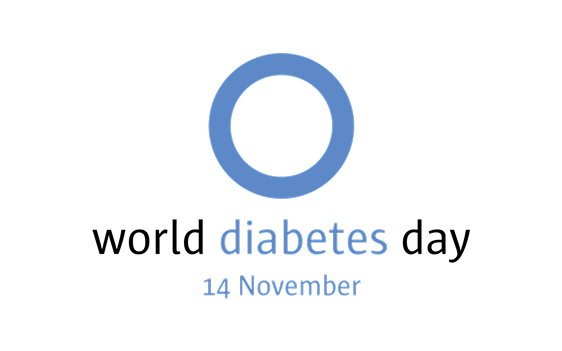We are proud to bolster efforts to confront diabetes as a critical global health issue. Here’s a sampling of publications that showcase how our instruments and technology can help achieve this goal.
World Diabetes Day is the largest global diabetes awareness campaign, drawing attention to key issues and focusing on keeping the disease in the world spotlight. WDD aims to promote advocacy efforts throughout the year as well as the importance of taking concerted actions to increase access to diabetes education.
According to the International Diabetes Federation:
- 537 million adults lived with diabetes in 2021
- Almost 1 in 2 adults with diabetes are undiagnosed
- 541 million adults are at increased risk of developing type 2 diabetes
- Diabetes caused 6.7 million deaths in 2021

Publications
Standard BioTools is proud to bolster efforts to confront diabetes as a critical global health issue. Here’s a sampling of publications that showcase how our instruments and technology can help achieve this goal.
- Eberhardt et al. used CyTOF™ technology to investigate whether senescent T cells infiltrate atherosclerotic plaques and contribute to aggravated cardiovascular risk in type 2 diabetes. Analysis revealed that senescent CD8+ T cells are enriched in the atherosclerotic plaques and blood of type 2 diabetes patients and indicated that T cell senescence can be improved by more aggressive lipid control in high-risk subjects.
- Wiedeman et al. addressed whether islet-specific CD8 T cell exhaustion among autoreactive cells in clinical trials relates to slower progression of type 1 diabetes. The team used a CyTOF panel to assess PBMC from subjects who had variable preservation of pancreatic function two years after treatment with teplizumab or alefacept. These results indicate that islet-specific CD8 T cells only partially mirror global CD8 responses.
- Fasolino et al. used CyTOF and Imaging Mass Cytometry™ technology to help develop an integrative analytical strategy to assess pancreatic islets and identify canonical cell types in an effort to delineate cell types and processes that may contribute to type 1 diabetes immunopathogenesis and provide an integrative procedure for exploration and discovery of human pancreatic function
- Kaestner et al. discovered that a subset of pancreatic ductal cells acquires the signature of tolerogenic dendritic cells in an apparent attempt at immune suppression in type 1 diabetes donors, and used CyTOF tehcnology to identify a population of ductal cells expressing dendritic cell proteins that was enriched in pancreatic tissues from donors. Their results imply an unappreciated role of ductal cells in modulating immune cell activity in long-term type 1 diabetes.
- Straat et al. used Standard BioTools™ microfluidics technology to study whether circulating mRNA transcripts of immune genes are different between South Asian versus Europid patients with type 2 diabetes, speculating that a more activated IFN signaling pathway may contribute to the more rapid progression of the disease in South Asians
Learn more
On this World Diabetes Day, we reaffirm our commitment to helping improve the lives of the more than half a billion people living with the disease worldwide.
Find out more about mass cytometry and IMC use in clinical trials
Unless explicitly and expressly stated otherwise, all products are provided for Research Use Only, not for use in diagnostic procedures. Find more information here.
